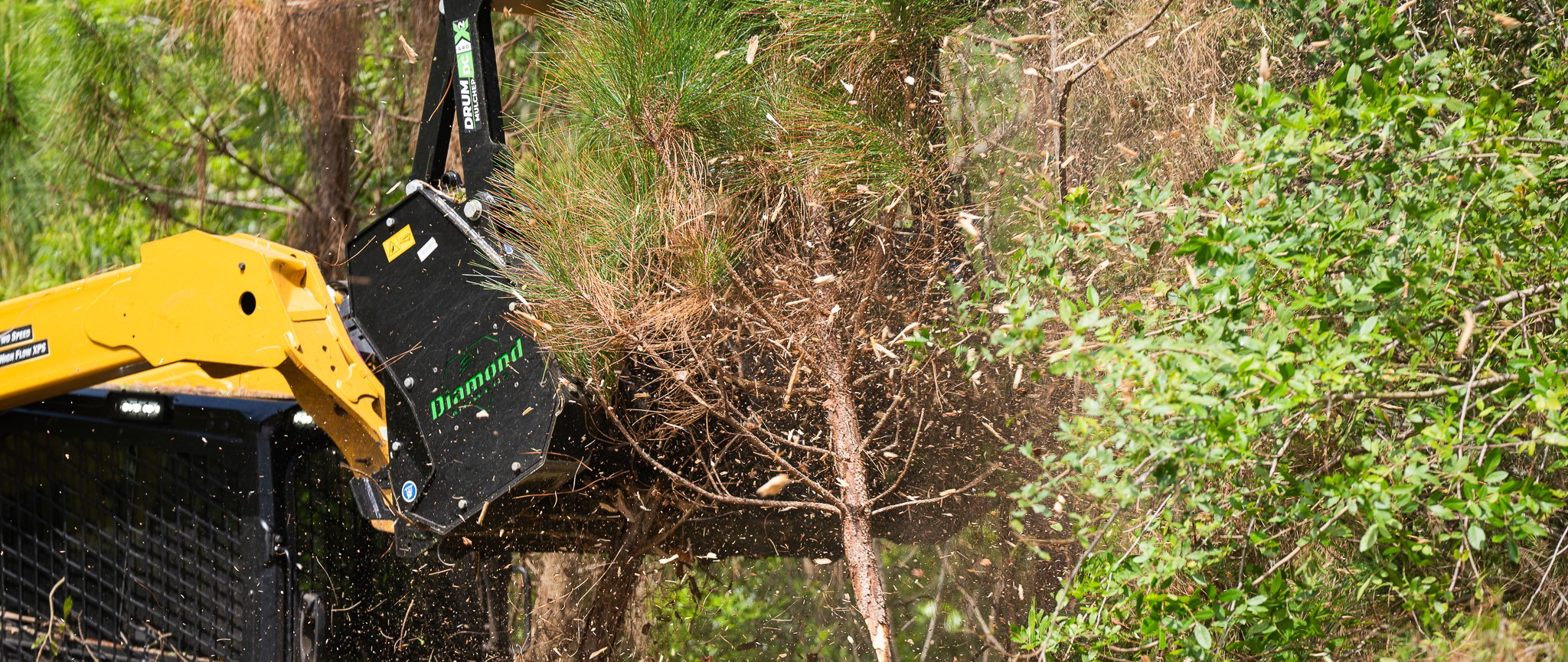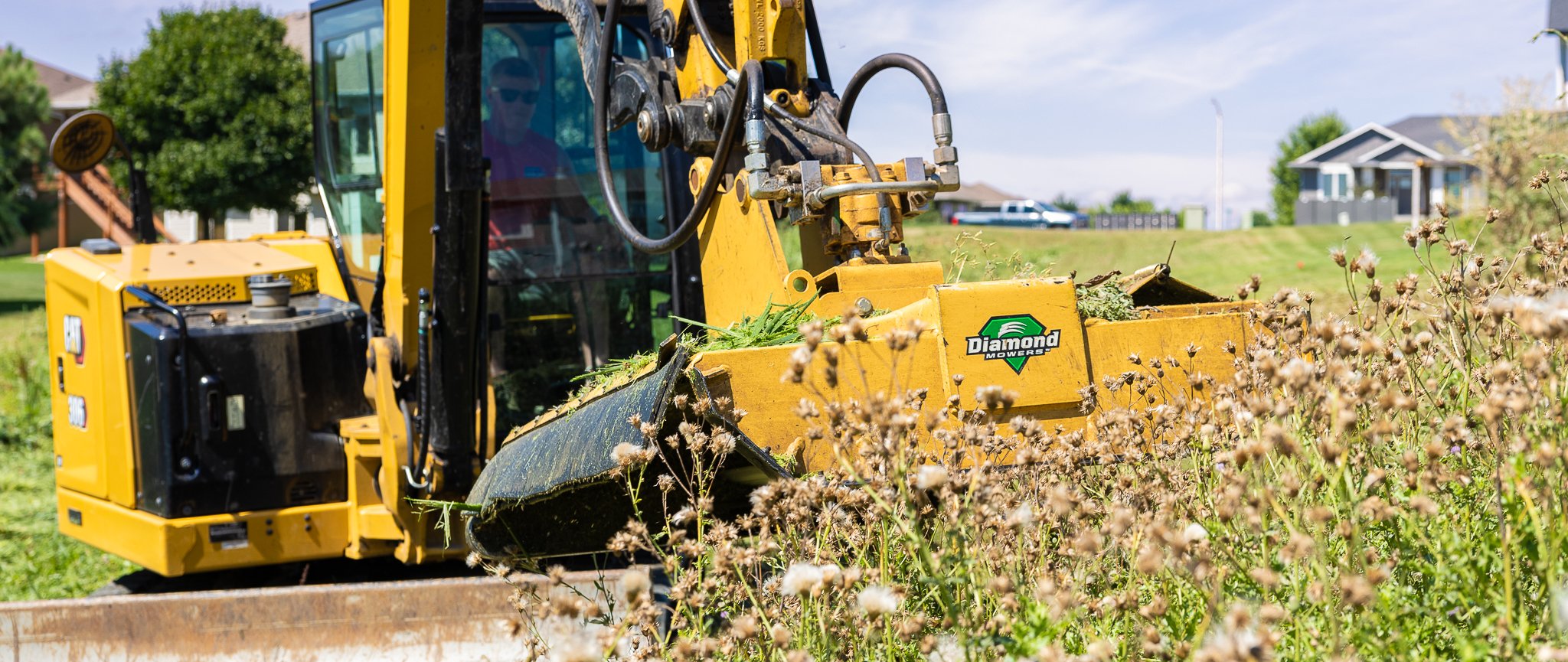Revive Your Land by Removing Russian Olives
May 25, 2017 . 1 min read
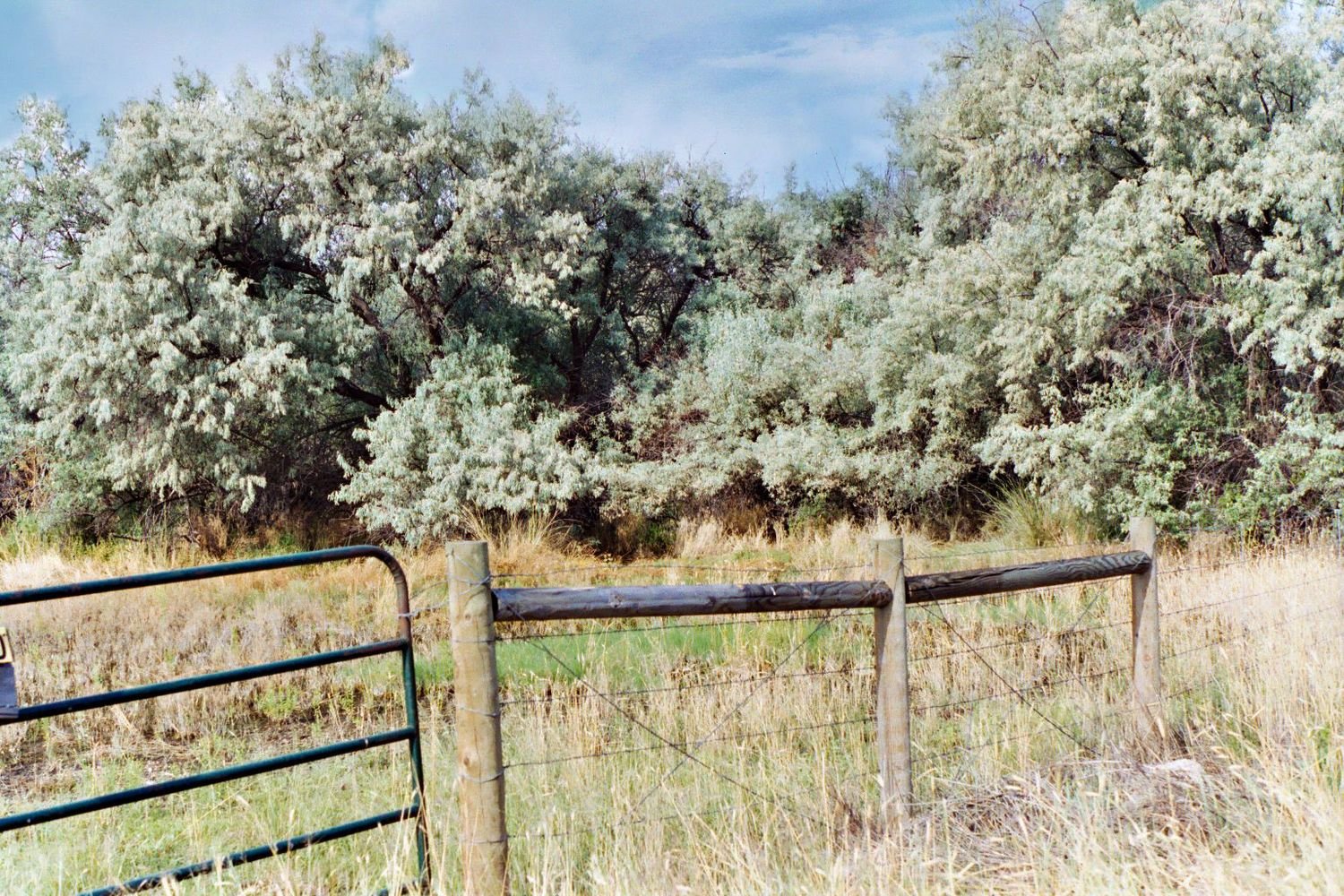
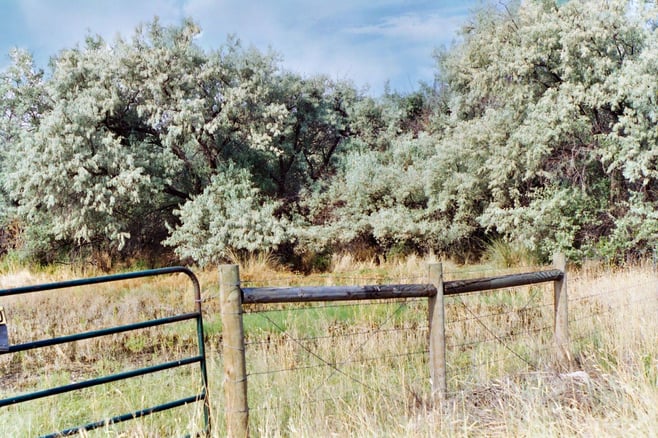
Russian Olive trees are an invasive species in many areas across the US.
Origins
The Russian Olive was originally native to Asia and Europe but was first introduced to the US in the early 1900s to be used as a soil stabilizer and windbreak for open areas. This tree has become
wide-spread throughout much of the US and is considered an invasive species in many areas such as New England and the Western US. Its long seed life and ability to grow in moist environments, as well as drought and extreme temperatures, can allow it to thrive almost anywhere.
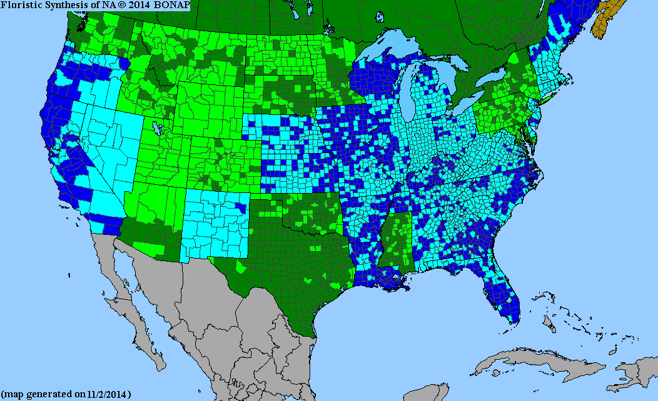
Large populations of Russian Olive are found in the NE, SE, Midwest, and West indicated in the dark blue above. (Photo courtesy of Bonap.org)
Characteristics
This drought resistant plant is easily identifiable and can be found near water sources or
on grasslands.
- Leaves are silver-gray spear shaped
- Trees can grow up to 10 - 25' ft tall with a trunk 4”- 20” in diameter
- Produces clusters of small fruit after tree is 4-5 years old, which are hard and olive-like. These are the seeds spread by birds and other animals and are sustainable for three years.
- Commonly found near shorelines and flood plains, as well as open pasture.
Problems
- Overgrowth can occur quickly and choke out other vegetation native to the area.
- As common with most overgrowth, it can interfere with soil nutrients to the natural habitat and can take extra water supply.
- Due to the deep root system, it is also difficult to mitigate if it is not identified and maintained.
Solution
To combat the Russian Olive, land owners have been turning to the mechanical solution - which is what our Diamond Skid-Steer Forestry Mulcher offers. This long-term solution has the ability to cut and mulch material up to 14” in diameter and will grind stumps below ground level. Take control of your land with this solution.
Watch the Diamond Skid-Steer Forestry Mulcher in Action below:



